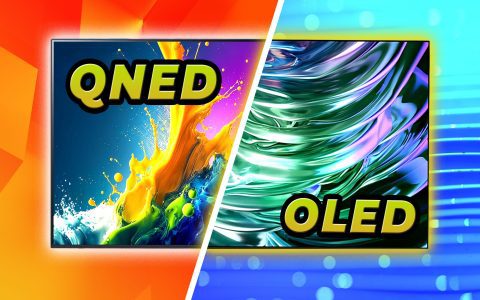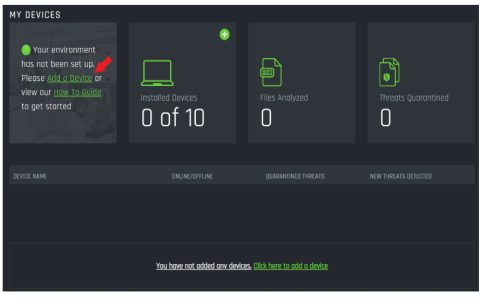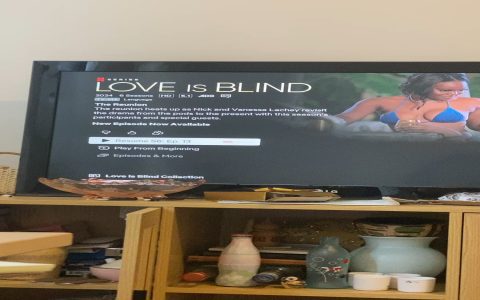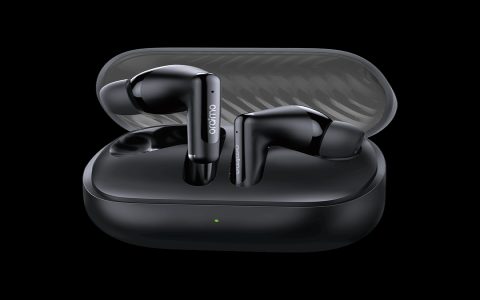Choosing between ULED (typically Hisense's enhanced LED-LCD tech) and OLED involves key differences in performance, suitability, and price. Consider these factors:
Core Technology Differences
ULED: An advanced LCD panel using Quantum Dots (QLED) for color. Requires a bright LED backlight to illuminate pixels. Local dimming zones (numerous mini-LEDs) attempt to control brightness in sections for better contrast.
OLED: Each pixel emits its own light. When a pixel is "off," it produces perfect black, leading to infinite contrast. No separate backlight is needed.
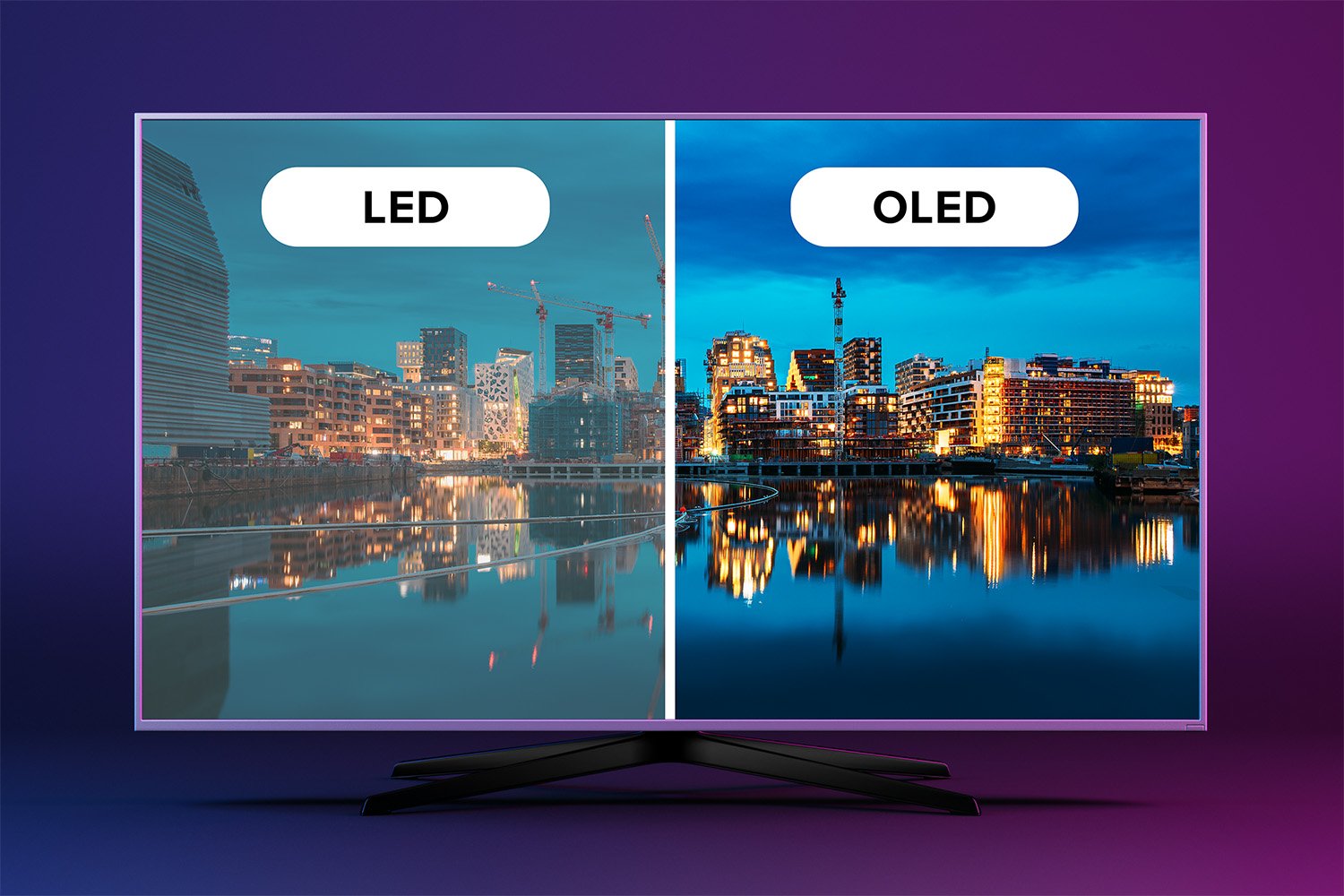
Performance Comparison
- Peak Brightness & HDR Impact: ULED generally achieves significantly higher peak brightness (often 1000-2000+ nits vs. OLED's 800-1000 nits). This makes ULED better for very bright rooms and can deliver more intense HDR specular highlights.
- Contrast & Black Levels: OLED dominates here. Self-emissive pixels deliver true, infinite blacks and perfect per-pixel contrast. While high-end ULEDs (with many dimming zones) get close, they can exhibit blooming (light halos around bright objects on dark backgrounds). OLED has zero blooming.
- Viewing Angles: OLED maintains consistent color, contrast, and brightness even at wide angles. ULED, especially VA panel variants, loses contrast and color saturation when viewed significantly off-center.
- Color Volume: ULED's higher peak brightness often translates to greater color volume in bright scenes. OLED offers excellent color accuracy and depth, particularly in mid-to-dark ranges.
- Response Time & Motion: OLED has near-instantaneous pixel response (fractions of a ms), minimizing motion blur. ULED has slower response times (several ms), potentially causing slight blur or artifacts, though higher refresh rates (120Hz/144Hz) and motion interpolation help.
Durability & Longevity
- Burn-in Risk: OLED screens are susceptible to burn-in or image retention if static elements (news tickers, logos, game HUDs) are displayed at high brightness for extended periods. This is inherent to the technology. Modern panels include mitigation techniques, but the risk remains, especially with extended use in specific scenarios.
- Panel Longevity: ULED (as LCD) doesn't suffer from burn-in. While its LEDs can dim over many years, the panel itself typically outlasts an OLED in terms of avoiding image retention issues.
Gaming Considerations
- Input Lag & Refresh Rate: Both technologies offer models with low input lag and high refresh rates (120Hz/144Hz/VRR), suitable for gaming.
- OLED Burn-in & Static HUDs: Gamers need to be mindful of potential burn-in risk from persistent game elements on OLED. Varying content and using features like pixel shift is advised.
- ULED Brightness Advantage: ULED's higher brightness can make HDR game highlights pop more effectively, especially in brighter gaming environments.
Making the Choice: Which is Best For You?
Choose ULED (Enhanced LED-LCD) If:
- Your room is very bright (lots of windows/sunlight).
- You prioritize maximum peak brightness for impactful HDR highlights.
- You need the largest screen sizes at more affordable prices.
- You primarily watch varied content and are concerned about potential burn-in over many years.
- You prefer better value for screen size/brightness.
Choose OLED If:
- You prioritize perfect blacks, infinite contrast, and superior dark scene performance.
- You have good control over ambient light (dimmer room = best experience).
- You value wide viewing angles for group watching.
- You demand the fastest pixel response time for motion clarity.
- You primarily watch varied content and can manage static elements reasonably. Modern OLEDs are significantly more resilient.
- Budget allows for its premium pricing (though price gaps have narrowed).

